The Pentax WG-1000 is a rugged compact camera that can go with you pretty much anywhere. So I took that literally and took it with me on a weekend away filled with hiking, and threw every situation at it.
I’m a sucker for the best compact cameras. I love the ease of a point-and-shoot camera that I can easily grab to create memories quickly, and the WG-1000 allowed me to do just that. And while I’m a big fan, there are still some minor caveats to note. So here’s what I like and don’t like about the camera.
What I like
The Pentax WG-1000 has an incredibly durable design so that it can go with you on even the most treacherous of adventures. It also has impressive autofocus and is, of course, an easily portable compact camera.
It is super durable
The Pentax WG-1000 is incredibly durable. And that’s exactly what you want from a rugged camera. It is waterproof down to 15 meters for up to an hour, so you can take it with you on your next watersports adventure without worrying about dropping it (unless you're in deeper water).
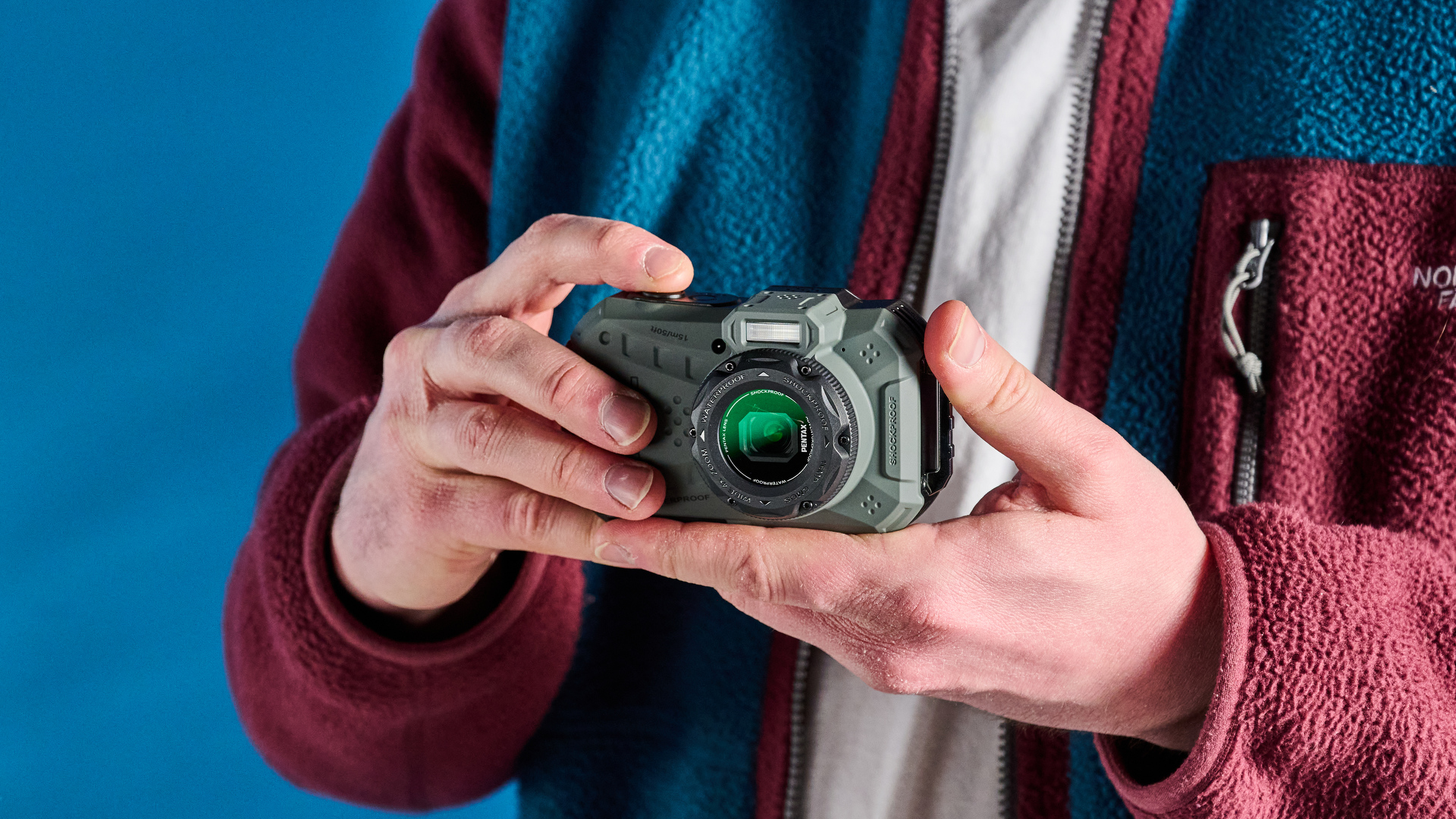
The plastic-encased body of the camera is shockproof, which is brilliant for me as I am one of the clumsiest people I know. The second the camera was handed to me, I dropped it… Thank goodness it’s shockproof.
It is also dustproof, so if your adventures take you near any beaches, you can rest assured that the sand won’t get in and ruin the internal workings of the camera. You can also add the included silicone jacket for extra protection.
Good autofocus
The LCD screen is not a touch screen, and there’s no manual focus, so I used the camera's autofocus, which works really well. A half-press of the shutter button initiated the autofocus of the camer,a and it gave me perfect results every time.
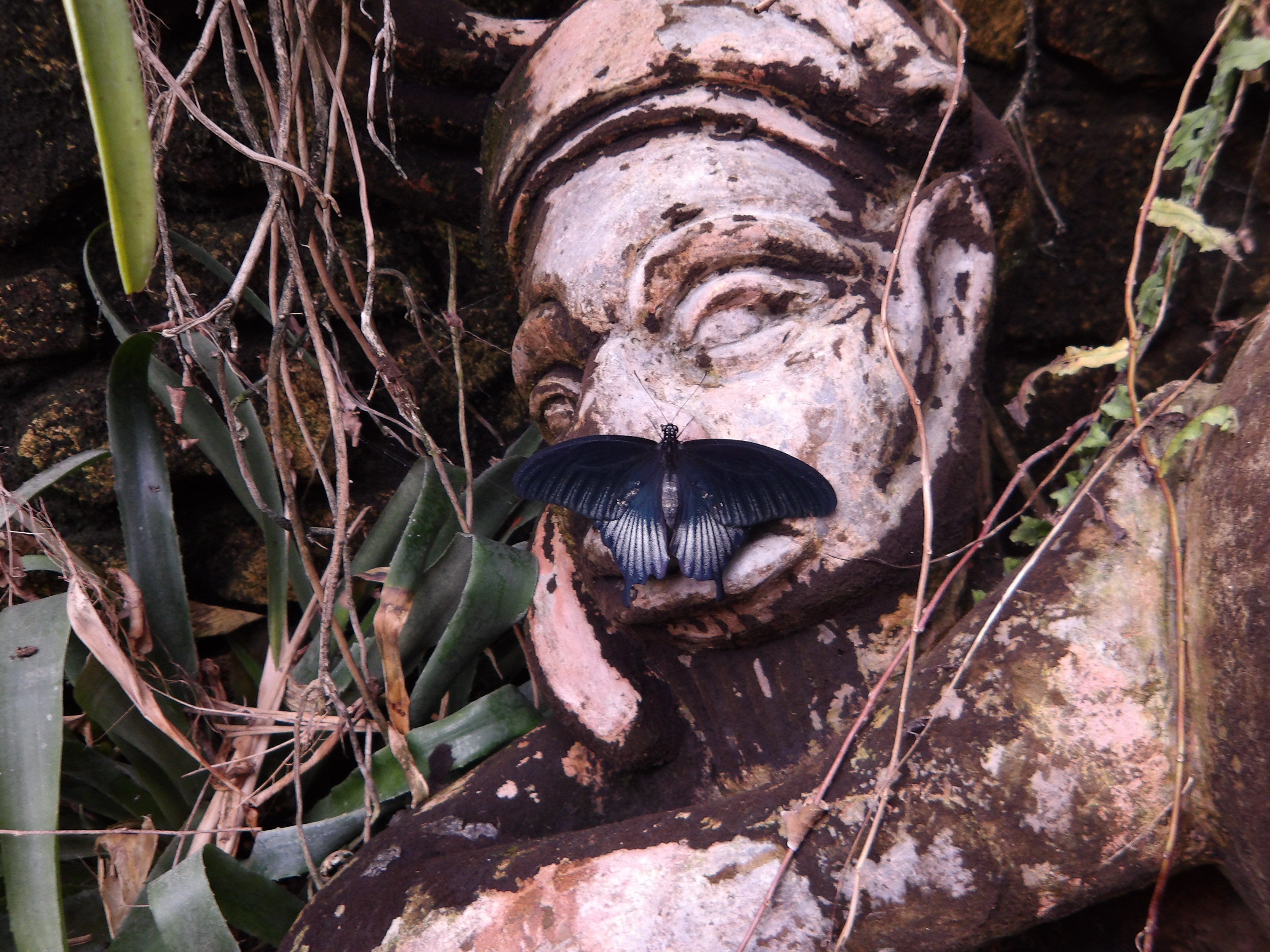
The focus was especially significant in macro mode, where I could get up close to the flowers. The camera has a minimum focal length of 5cm with the 4.9mm lens, allowing me to capture a lot of detail despite its 16MP sensor.
Portable
The camera is compact, measuring only 4.6 x 2.7 x 2.0 inches, so it can easily be popped in the pocket of your trousers, shoved in a purse, or chucked at the bottom of your hiking bag. Me? I did all three of those things. It went in the back pocket of my jeans when I was walking around town, came with me in my purse when I went out to dinner with friends, and fit nicely in my bag on a hike.
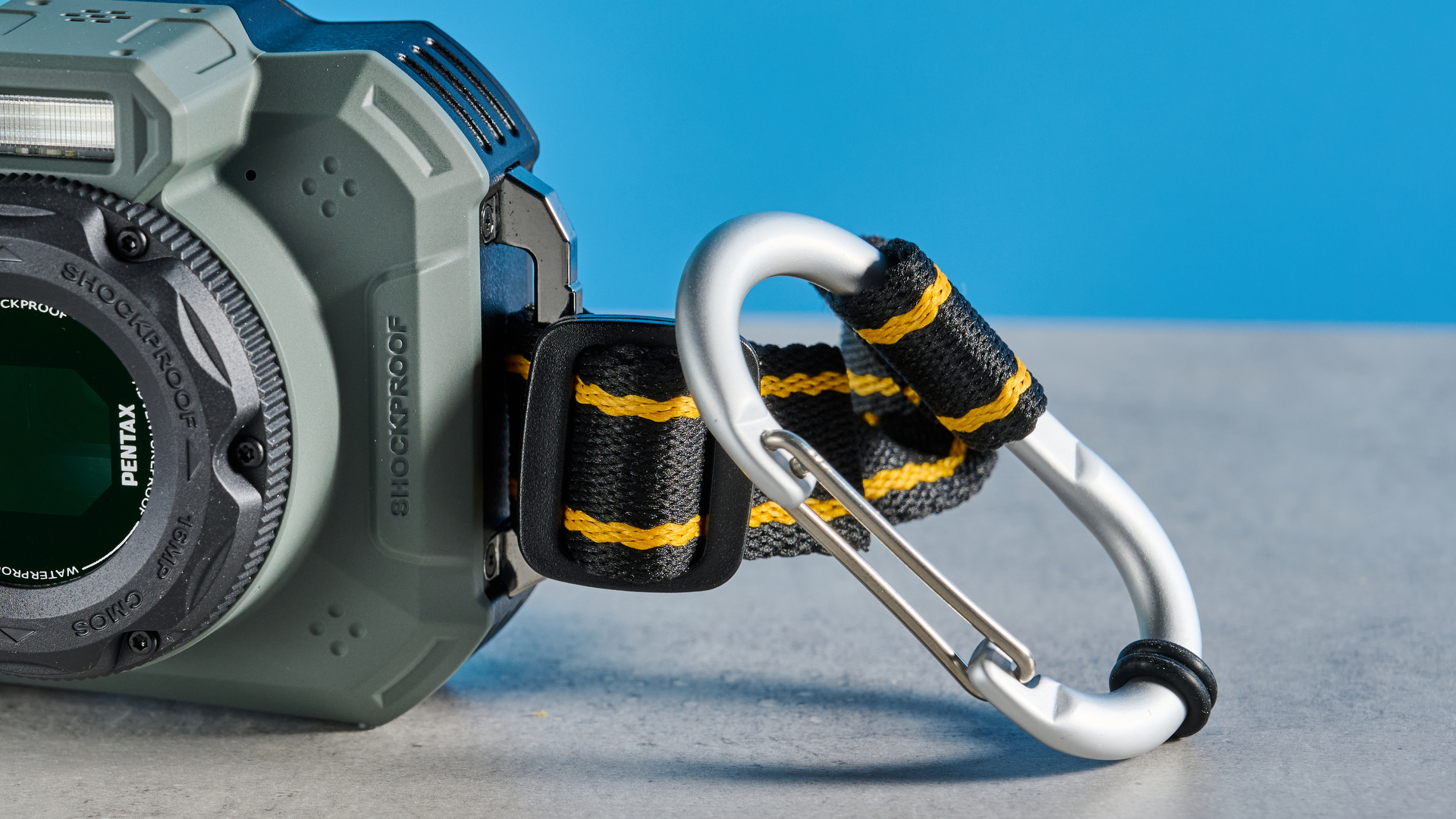
There is a wrist strap that can be attached to the camera for ease of carrying, and a carabiner so the camera can be hooked onto belt buckles or the outside of bags.
What I don’t like
While the camera is easy to use, it has some minor drawbacks that are worth considering. The lack of IBIS means video is shaky at the best of times, and the small, 1/2.3-inch CMOS sensor struggles in situations with bright lighting.
No IBIS
Okay, so the body of this camera is pretty tiny, so in-body image stabilization might be a bit of an ask. But on adventures, I often want to record a little snippet of my surroundings. So if it’s pouring with rai,n my phone is going to get pretty ruined.
The WG-1000 would be the perfect way to capture adventurous video clips if I could hold it steady, and on the side of the mountain in high winds, that just isn’t happening.
Washed out in bright lighting
The camera struggles in areas with bright light. I found this to be especially evident when I stood beneath skylights. In these situations, the real-world colors aren’t as bright on camera, and there is more noise in the images.
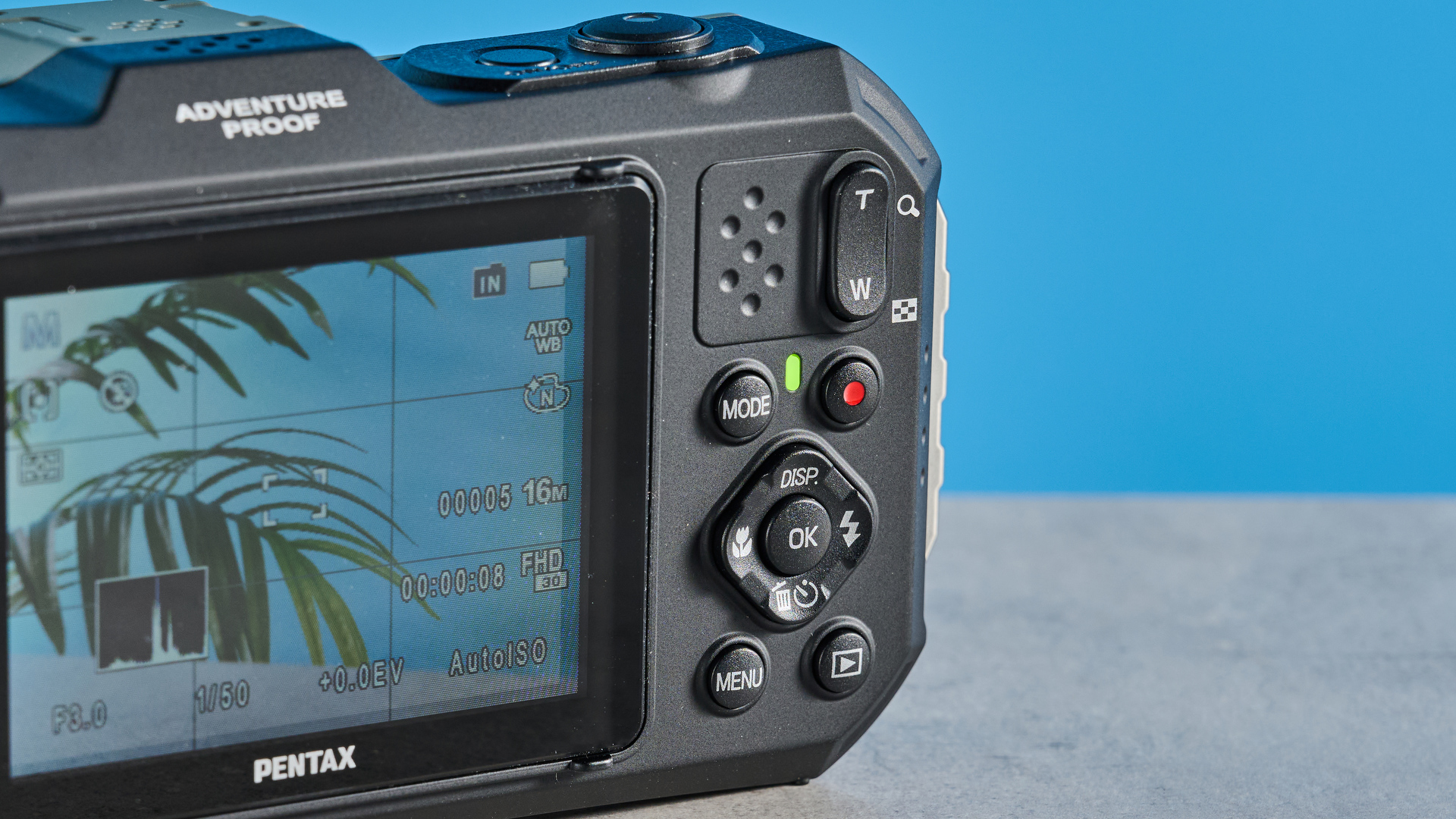
The bright lighting also made the images appear flat, whereas more shaded images brought out depth. For such a small sensor, the dynamic range is actually great, but you need to be extra mindful of your light source.
.png)
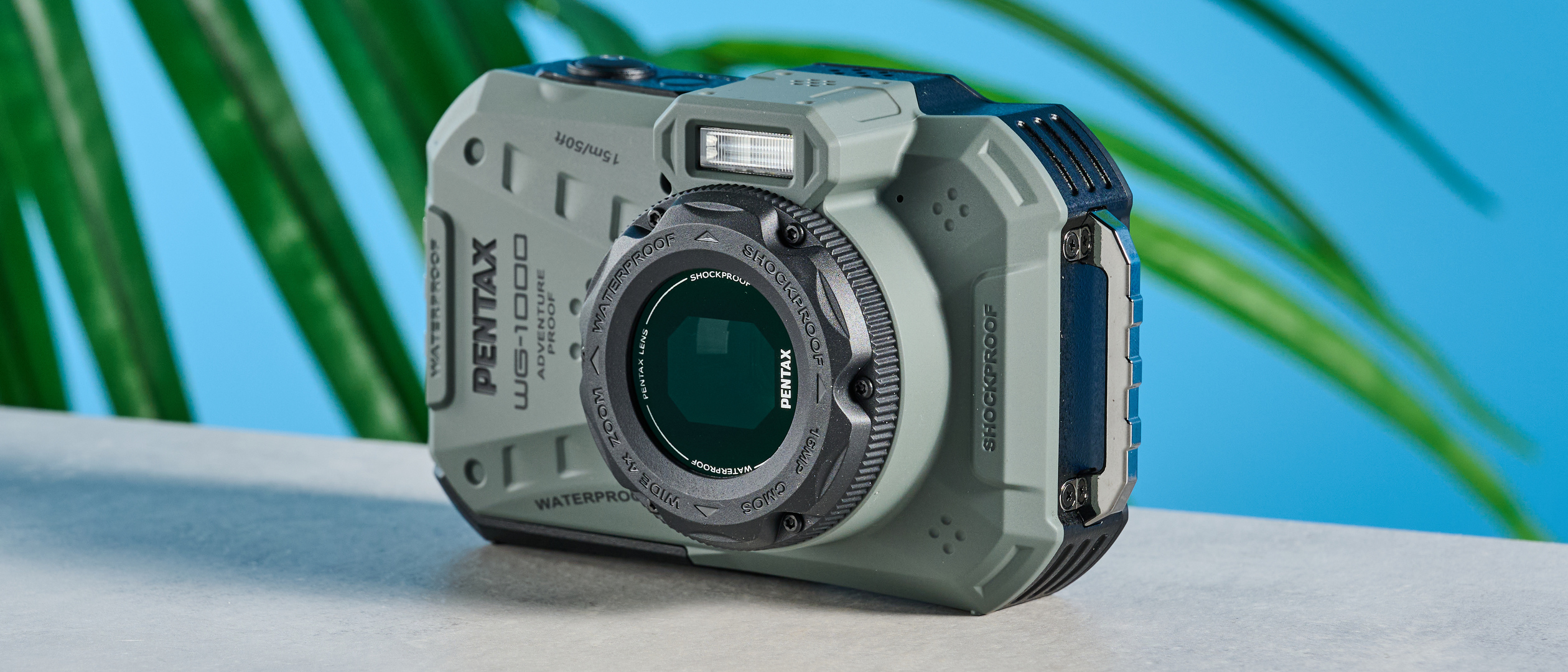

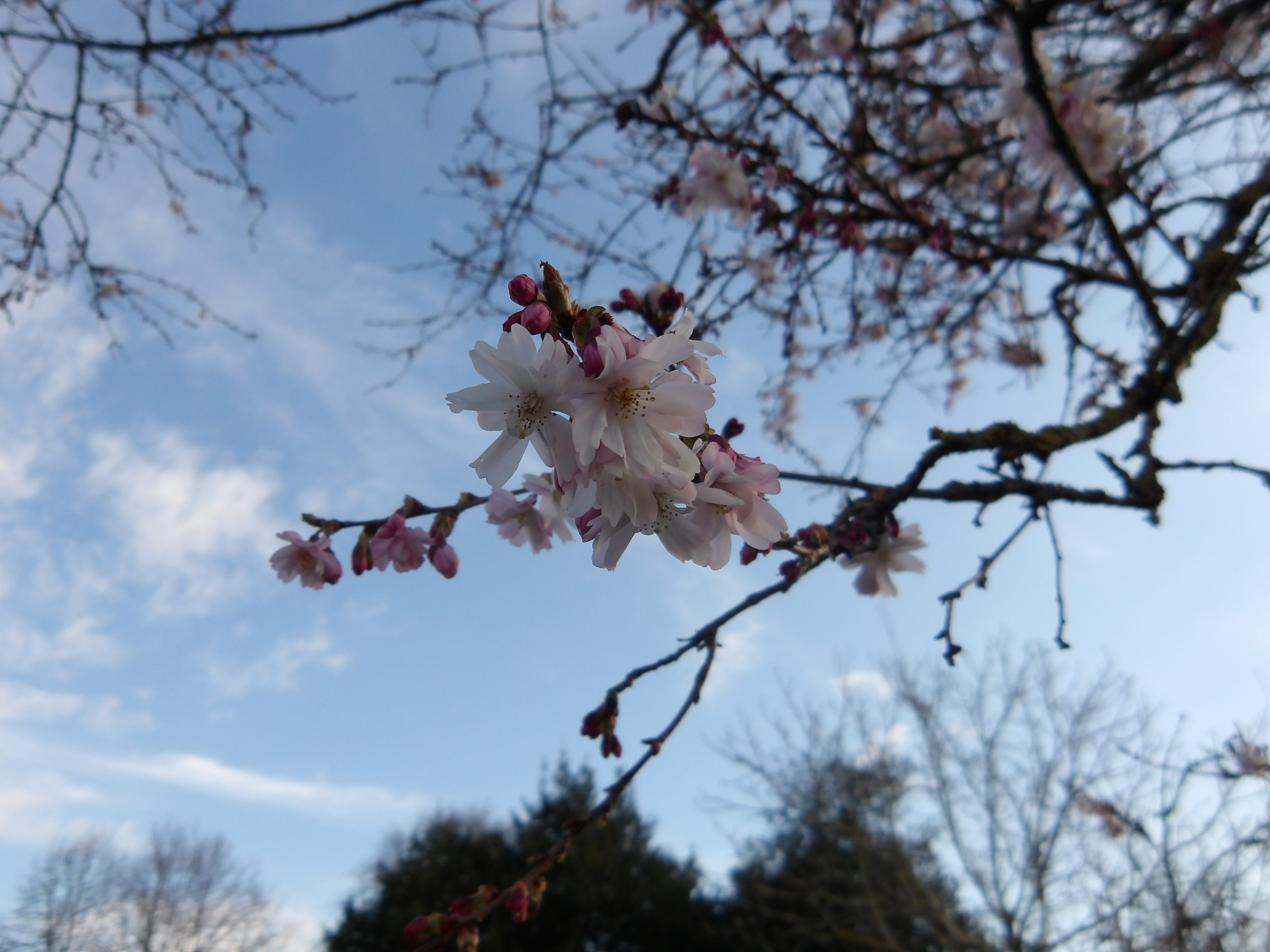











 English (US) ·
English (US) ·